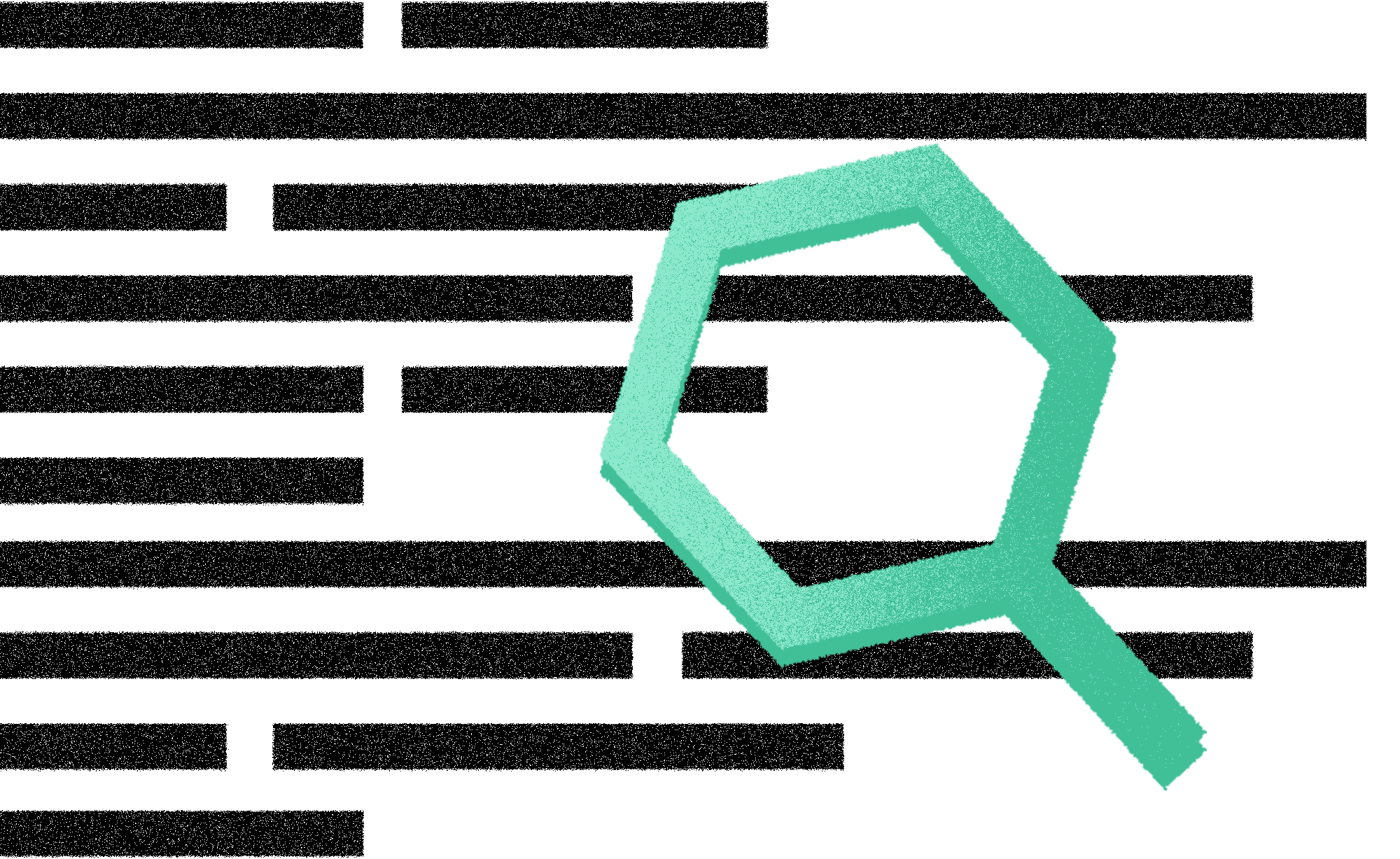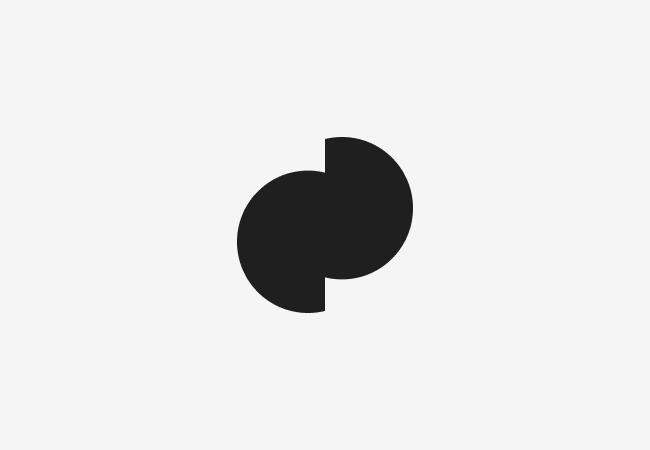Differences in Hiring an Agency vs. Freelancers 2.0
Matija Bermanec & Lorena Ujević
2022-10-13
6min
Sales
What makes one choose an agency or a freelancer? How do their approaches compare? Learn more about each choice in the second part of our blog.
To view PART 1 of this article , click here.
Communication is the key
We are all aware that communication is the key to success - whether it is a private or business relationship. This is not an exception when it comes to the delivery of the project. Depending on mutual decisions based on the client’s wishes, the team organizes meetings where the project's progress is presented to the client. These meetings can be held on a daily basis, as well as on weekly or monthly ones. Usually, the whole team, together with the Project manager, goes through the work that has been done since the last meeting. It is necessary to do so in order to receive the client's feedback, namely what has been done according to the client’s wishes or what can be improved. Clients are regularly updated with everything that is going on with the project and can actively participate in the process of execution.
Project managers are also agencies’ points of contact (POC) that coordinate the communication between the team and the client, and if necessary, with upper management. If one is not a member of a team of freelancers, one is obligated to regulate the communication flows between the client and himself, which can be challenging at times, as freelancers can potentially be involved in more than one project simultaneously. Such a situation can lead to a work overload, which can cause difficulties and prolong the final delivery.
Design on the frontline
Depending on the complexity of the project, the design process is divided into the research phase, user experience (UX), and user interface (UI) phase. Each of these phases consists of multiple segments that eventually lead to a more defined and clearer product. In the design process, it is mandatory to follow the processing logic, meaning, e.g. the clickable prototype cannot be created without having low-fidelity or high-fidelity wireframes.
All roads lead to the code
When talking about the development process, frontend and backend processes are not strictly dependent on one another, meaning the former can be developed without the latter and vice versa. While several developers can work on one project and potentially bring the process quickly to the finish line, freelancers are dependent on either other freelancers working on the project or their own capability to finish the necessary phases in time and thus secure the next steps.
Unplug the bug
During the development, the staging environment is being created, and the project is now entering another significant process that is happening simultaneously. Quality assurance, best known for its abbreviation QA, represents a process that secures the project's ability to run smoothly while at the same time keeping the developed product bug-free and meeting fundamental quality standards. For each delivered feature, a test plan is made that defines the crucial steps required for performing QA testing. At this stage, each QA engineer is given a certain number of tasks as well as a timeframe for their completion. Additionally, user acceptance testing (UAT) represents the needed, ultimate testing stage before the final product is delivered to the client and is officially launched.
At this point, another significant difference between a freelancer and an agency can be noticed. To be precise, an agency like Cinnamon secures the testing phase and staging environment as part of the standard procedure. Testing is done using dozens of different and real testing devices. This means there are no additional costs for the client, yet all the costs have been transparent to the client upon the project’s kick-off. On the other hand, a freelancer might not have the opportunity to do those tests on their own due to a lack of knowledge or time, which drives a client to hire another expert for the task.
Regular check prevents the wreck
After the completion of the project, it is important to ensure that the delivered product is always at its best and that the consumer’s needs are fulfilled. That is what an agency can secure through continuous maintenance. This is the process in which potential changes can be implemented through the modification of the current product's structure or the incorporation of new elements into the product. This depends on the vastly changing market conditions, demand and the client’s aspirations for continuous improvement of the delivered product. In a number of cases, freelancers are not included in the maintenance of the project, as they are probably already engaged with another one. This creates another obvious difference between a freelancer and an agency.
Conclusion
To wrap it up, some benefits of choosing an agency over freelancers are that security and safety are provided by the team while nurturing the individual approach simultaneously. Besides having a perfectly handpicked expert to work on the project, clients’ projects are also secured by having support team members, team leads, and project managers who take care of the organization and offer 24/7 support to their teammates. Thus, by hiring an agency, the client is not only getting a dedicated individual working on a project but also the knowledge and expertise of a whole team that could step in on any future projects of yours.
Since the agency is very straightforward and, at certain times, a more complex option, a team of carefully selected freelancers could represent an excellent option if you have the resources, capacity, and experience. While agencies have to worry about overhead costs, freelancers always take advantage of their small expenses and set rates that are notably lower than those of an agency. In that case, agencies can seem like a more expensive option that clients tend to avoid. Flexibility is also one of the advantages freelancers can offer. Primarily, many of them have no problem working outside regular hours and communicating at any given time. This type of engagement usually leads to speedier delivery of a project, which can sometimes be crucial for a client to choose an individual that is immediately available to jump on board. Direct communication with a freelancer is another advantage that could make clients more involved in the project, which can reduce future problems and potential unsatisfying results.
Agencies are romantics at heart and love forming long-term and stable relationships with their clients. Most freelancers are here to get the job done and engage with another one. That is not necessarily a bad thing, as this way they get the opportunity to build their portfolio faster with various different projects, which makes them seem more expert out there on the market. To conclude, both freelancers and agencies should keep their work transparent while accentuating their advantages in order to achieve the client's maximum satisfaction and establish a relationship that can touch for one time and last for a lifetime.
Subscribe to our newsletter
We send bi-weekly blogs on design, technology and business topics.

















